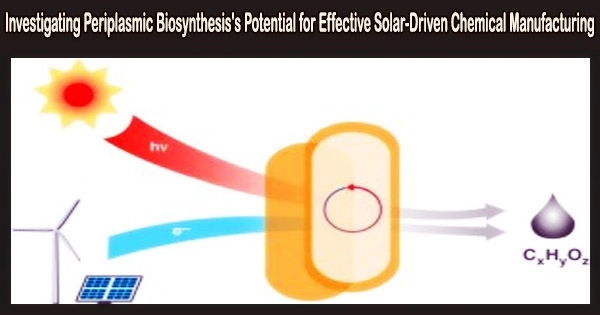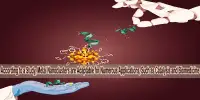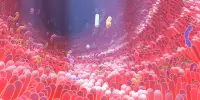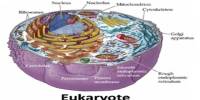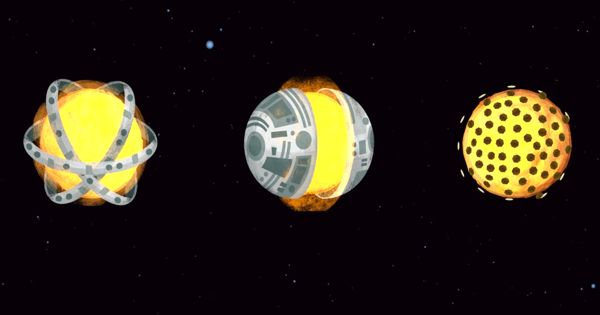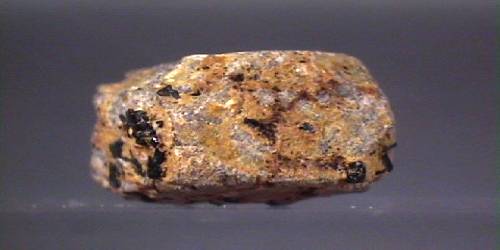For effective solar-driven chemical production, scientists from the University of Chicago and the Shenzhen Institute of Advanced Technology (SIAT) of the Chinese Academy of Sciences (CAS) have identified semiconductor nanocluster precipitation within the periplasmic region of Gram-negative bacteria.
The findings were published in Science Advances on July 21, 2023.
The process of biomineralization, which involves the deposition of inorganic minerals surrounding living cells and tissues, creates composite materials. The ability of bacteria to take metal ions from their environment and create useful compounds.
Bacteria’s periplasmic region, a gel-like matrix located between the inner and outer cytoplasmic membranes, presents special chances for the limited synthesis and use of nanomaterials.
Gram-negative bacteria’s periplasmic space, which is rich in enzymes and peptidoglycan, offers a favorable environment for biomineralization.
Furthermore, the periplasm of Gram-negative bacteria is strongly coupled to an electron transport chain, which makes it easier to move light-induced electrons from semiconductors to the electron transport chain for intracellular reducing power regeneration. In-situ produced defect-rich semiconductor nanoclusters could elevate adenosine triphosphate (ATP) levels and enhance malate production under light condition.
We believe that periplasmic biosynthesis can serve as an invaluable semi-artificial photosynthesis-based model for solar-driven bio-catalysis and sustainability.
Professor Gao Xiang
The team also improved the sustainability of periplasmic biosynthesis by lowering the level of heavy metals, developing a live bioreactor, and developing a method for semi-artificial photosynthesis. The periplasmic biosynthesis demonstrated enormous potential as a platform for numerous sustainable applications by leveraging the power of biomineralization.
“We believe that periplasmic biosynthesis can serve as an invaluable semi-artificial photosynthesis-based model for solar-driven bio-catalysis and sustainability,” said Prof. Gao Xiang, co-author of the study.
As a source of electrons for metabolic processes, semiconductor biosynthesis is very flexible, enabling controlled biocompatibility and effective matching with bacterial components.
Studies on semiconductor-based biological interfaces in this area are uncommon, especially in terms of bioregulation and multilayer sustainability, despite reports of the creation of metallic nanoparticles within the periplasm.
The research team developed a non-genetic approach for semiconductor biomineralization in the periplasm of E. coli (the model organism of Gram-negative bacteria) and from microbial biohybrids.
The periplasmic peptidoglycan matrix stabilized the semiconducting nanoclusters and reduced their crystallinity, resulting in a softer interface with the bacterial cell. They investigated the underlying mechanisms of materials and biological characterization and discovered that semiconductor nanoclusters (e.g., CdS) were mediated by H2S-producing pathway.
The results highlight the understudied nature of the periplasmic space in bacteria, which has potential for developing semiconductor-based biohybrids for bioproduction and sustainability, environmental remediation, and the construction of living bioreactors.
The research team’s periplasmic biomineralization producing semiconductor-bacteria biohybrid platform for solar-driven chemical production may be expanded to different bacteria or cells, enhancing the sustainability of bioremediation applications.
